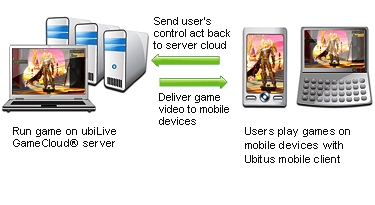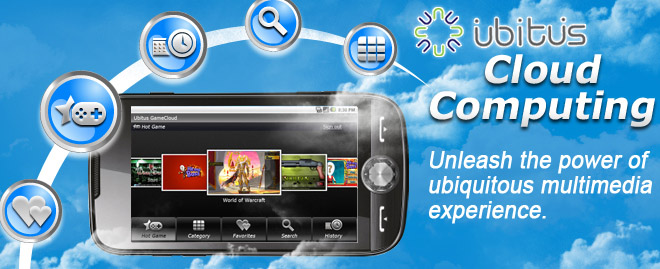Those who wants to surf with LTE really fast, which can improve the reception of the radio signal by additional antenna.
But beware: while the UMTS radio technology usually received via an antenna, LTE always uses the multi-antenna technology. It’s on two antennas to send and receive data. So you have to always connect two antennas to be receiver. Suitable antennas are double it commercially as a total package; they sometimes look like a tool. If in doubt, ask if there is a dual antenna.
Before you buy the antenna that your receiver is ready for connection to a pair of antennas. Receivers are modems such as routers, surf stick modems in card form or radio modems that are built already in tablet, notebook or netbook. If you do not know it yourself, ask the dealer or the seller, whether your device has such a connection for a dual antenna.
Types of Antennas and antenna purchase
There are two types of antenna for LTE: The Omni-directional antennas can be placed up and receive the signal from any direction. However, there are also good and bad places for the erection of the antenna.
The directional antennas generally provide a much better result; they have to be aligned with the respective LTE mast. You should know, however, where are the nearest towers. This information provides the agency on a separate card. Simply enter the city, and then you will be presented in a easy map to set of transmission towers around your home or office.
The seller of LTE antennas often offer a complete package in which is already containing everything they need. The antenna pair, the associated connection cables, often even a holder for parallel installation of two antennas. Suitable antenna packages are also on LTE mobile operators sometimes offers, in addition to the receiving equipment such as a modem or router.
Our tips for easy installation
During the assembly, proceed as follows: first, find the right location, either inside the home or outside. You connect the antenna to your computer, and check the signal strength at various locations. You can see the signal strength on the modem. Some vendors offer LTE signal strength measurements via Internet. If you want to do the test, you have to measure computer and a speedometer, the transmission speed at different locations.
Where the reception is strongest, you should place the antenna. When you place the antenna inside your own house, then close to or directly on the window, from which you get the best reception. In this case, make sure the antenna distance from the modem or other electronic devices, such as television, radio, PC, electric fields interfere with the signal.
The second way to set up the antenna outside of the home, is therefore at the top of the attice, on the roof or on an outside wall. Whichever course choose, you should keep at least one meter away from poles, pipes or railings. Under no circumstances should you screw the antenna on a metal plate or wall. If you need to put the antenna on a mast, then you must sit above the top of the mast, where possible, over the roof edge. The principle is around the antenna, there will be no metal—metal shields radio signals.
When you buy yourself a pair of directional antennas, in addition to make two points: First, then antennas are mounted at the same height, and secondly, they are aligned parallel to each standing, to the nearest mast. It’s best to consult it in stores.

